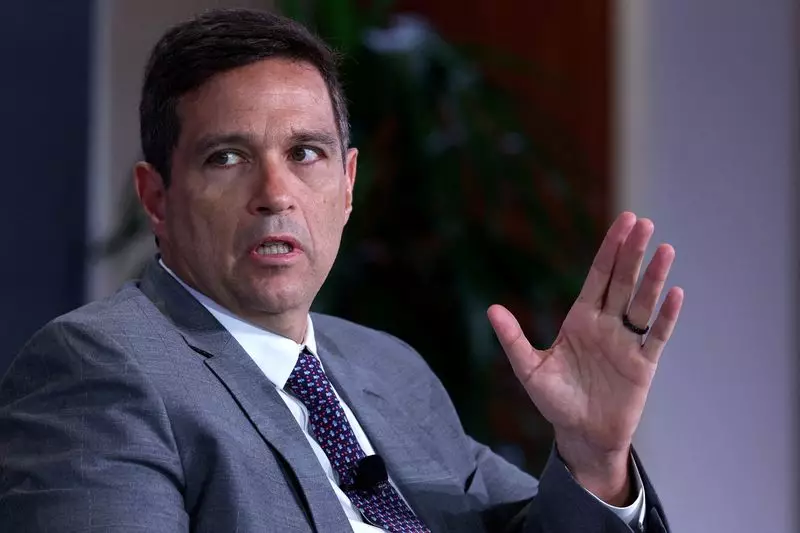Brazil’s central bank chief, Roberto Campos Neto, recently addressed the issue of market volatility and its potential implications. He noted that the current volatility may indicate that the market is adjusting to the possibility of limited fiscal and monetary intervention in the future. This observation suggests a shift in investor sentiment and expectations regarding policy measures.
Campos Neto highlighted the interconnected nature of monetary policy and fiscal issues. He pointed out that discussions on monetary transmission cannot be separated from fiscal considerations. This acknowledgment underscores the complex relationship between economic policies and their impact on the broader financial landscape.
The context of Campos Neto’s remarks at the annual Kansas City Federal Reserve conference in Jackson Hole, Wyoming, reflects the broader global economic environment. With central bankers from around the world convening to discuss economic trends and policy options, the symposium serves as a barometer for international economic sentiment.
Brazil’s central bank faces key policy decisions in the upcoming months, including a potential rate increase. The recent emphasis on caution and inflation monitoring indicates a proactive approach to addressing economic challenges. The divergence from the official inflation target signals the need for a strategic response to maintain stability.
The market’s anticipation of a rate hike next month underscores the evolving dynamics of global monetary policy. With over an 80% probability of a rate increase, investors are positioning themselves for potential shifts in interest rates. This development coincides with the U.S. Federal Reserve’s preparations for monetary easing, highlighting the interconnectedness of global financial markets.
The recent volatility in global markets has prompted a reassessment of policy interventions and their implications. Brazil’s central bank’s response to these challenges, as articulated by Campos Neto, reflects a nuanced understanding of the evolving economic landscape. By acknowledging the interconnectedness of monetary and fiscal policies and adopting a data-dependent approach, central banks can navigate uncertainty and promote stability in the face of market fluctuations.

